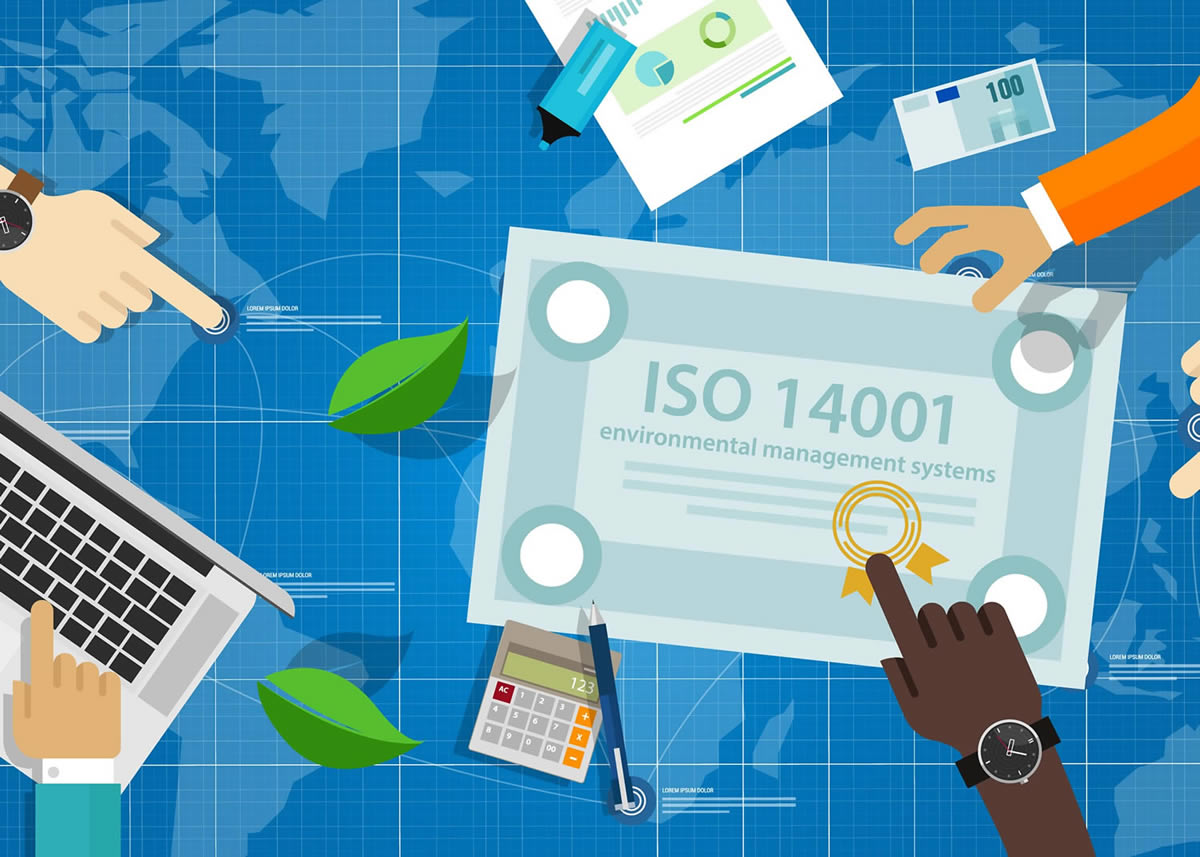Changes on the Horizon for the ISO 14001 Environmental Management System

Overall, the proposed changes to the ISO 14001 Standard seem to broaden the scope of an EMS, making it more outward-looking with further focus on performance improvement. Here's a quick overview of the structural changes that will likely be included in the final version:
- Scope: The scope of the ISO 14001 EMS has been expanded to include external impacts on the organization.
- Terms and definitions: This section will reference common terms and core definitions outlined in ISO Annex SL and those specific to an EMS.
- Context of the organization: This clause includes requirements relating to understanding the internal and external issues of the organization, and the needs and expectations of interested parties.
- Leadership: The requirement has been strengthened to ensure that top-level managers are involved with implementing the EMS into the organization's business strategy and ensuring that it achieves the intended outcome(s).
- Policy: Policy commitments have been broadened to include supporting environmental protection. Examples include climate change mitigation and adaption.
- Environmental Aspects: This clause includes consideration of a life cycle perspective when evaluating environmental aspects.
- Legal Requirements and other requirements: This will likely be replaced by 'Legal requirements and voluntary obligations.'
- Environmental objectives: The committee draft requires that performance indicators are to be defined for each environmental objective.
- Value chain planning and control: A new clause introducing a requirement to ensure that upstream and downstream processes related to significant aspects are controlled or influenced.
- Evaluation of compliance: As expected, the committee draft reinforces the evaluation process with the introduction of a requirement upon the organization to maintain knowledge and understanding of its compliance status.
Topics:
Health & Safety
Related
About the Author
Kate Gibson
Kate Gibson is an experienced environmental scientist with EHS Support Inc. For more than 20 years, she has managed and conducted regulatory environmental compliance audits and multi-site environmental due diligence projects. She wrote and implemented the first scope of work for an environmental management system audit to be accepted as a Supplemental Environmental Project (SEP) as part of penalty negotiation under a U.S. Environmental Protection Agency settlement agreement.
